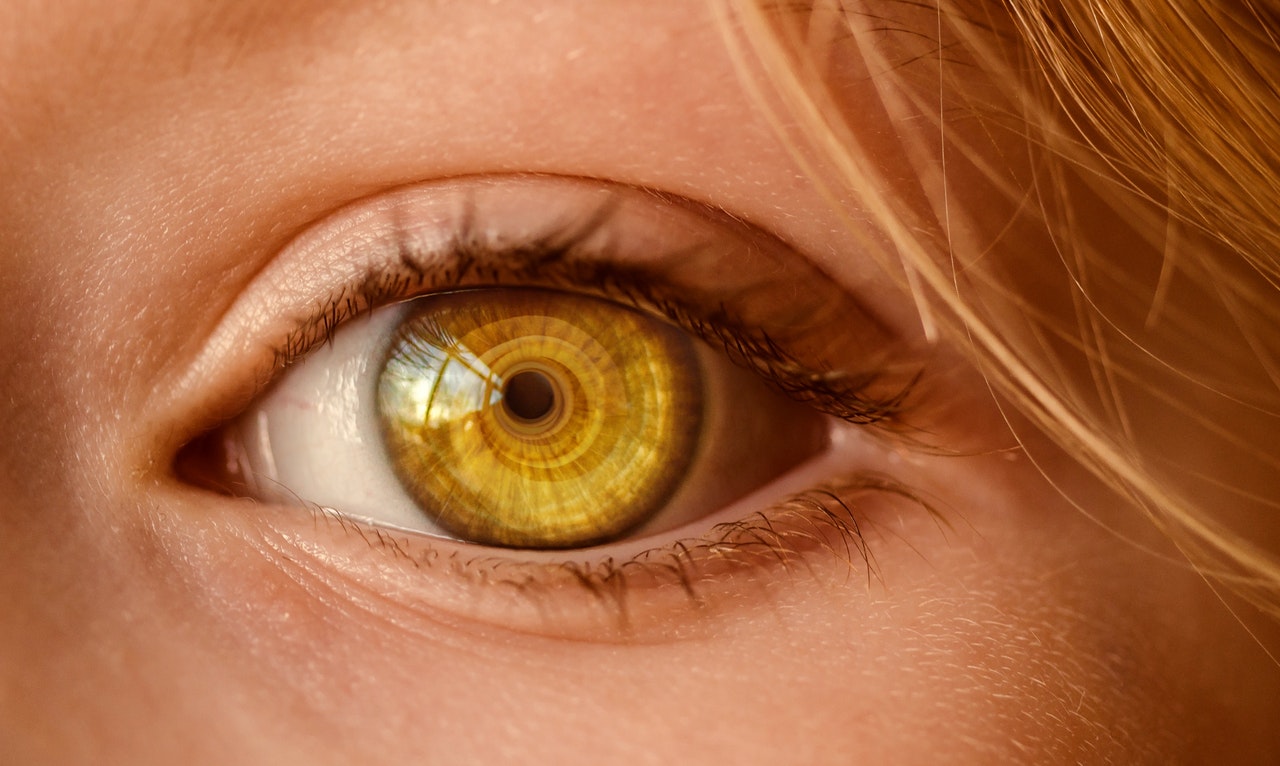‘Glaring Gap’ Seen in DNA Privacy Pledges by 23andMe, Ancestry
By Kristen V Brown,
Bloomberg
| 08. 02. 2018
Genetic-testing companies that have decoded the DNA of millions just introduced new guidelines to protect data privacy.
But those best practices failed to address a major concern: what happens to customers’ data that is shared for research with pharmaceutical giants, academics and others, often for a profit.
Just how lucrative the business of genetic testing is came into light last week when British drugmaker GlaxoSmithKline Plc agreed to buy a $300 million stake in 23andMe Inc., gaining access to anonymized data with the hope of identifying new targets for drugs. That kind of data -- stripped of identifying details and aggregated -- isn’t strictly subject to new rules in the guidelines unveiled this week. That means consumers will still have little way to know when and how their information is combed for research.
“This new policy is a positive step forward in the sense that it’s starting a conversation,” said James Hazel, a researcher at Vanderbilt University in Nashville, Tennessee, who recently surveyed the privacy policies of 90 direct-to-consumer genetic-testing companies. “The glaring gap is that it doesn’t apply...
Related Articles
By Jonathan Matthews, GMWatch | 12.11.2025
In our first article in this series, we investigated the dark PR tactics that have accompanied Colossal Bioscience’s de-extinction disinformation campaign, in which transgenic cloned grey wolves have been showcased to the world as resurrected dire wolves – a...
By Jenny Lange, BioNews | 12.01.2025
A UK toddler with a rare genetic condition was the first person to receive a new gene therapy that appears to halt disease progression.
Oliver, now three years old, has Hunter syndrome, an inherited genetic disorder that leads to physical...
By Simar Bajaj, The New York Times | 11.27.2025
A common cold was enough to kill Cora Oakley.
Born in Morristown, N.J., with virtually no immune system, Cora was diagnosed with severe combined immunodeficiency, a rare genetic condition that leaves the body without key white blood cells.
It’s better...
By Rachel Hall, The Guardian | 11.30.2025
Couples are needlessly going through IVF because male infertility is under-researched, with the NHS too often failing to diagnose treatable causes, leading experts have said.
Poor understanding among GPs and a lack of specialists and NHS testing means male infertility...




